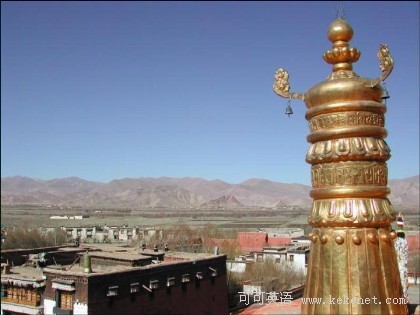
Tibetan cuisine forming mainly in the late 1950s, the Chinese nation as a whole is in the unique flavor of a system. Raw material to cattle, sheep, pigs, chickens and other meat and potatoes, turnips and other vegetables category. Diet to rice, flour, barley based. Like heavy oil, Hou Wei and incense, cakes, sweet, crisp foods, spices and more spicy, sour and reuse spices, commonly used roasted, fried, fried, boiled, and other laws. Traditional Hospitality feast from tea, Effect of Potentilla anserine rice, steamed stuffed bun Guantang, grasping mutton, the Huicai, yogurt six food composition, full of the nation is still learning.
西藏菜的成形主要在五十年代后期,是中華民族整個(gè)風(fēng)味體系中獨(dú)具特色的一支。原料以牛、羊、豬、雞等肉食,以及土豆、蘿卜類等蔬菜。飲食以米、面、青稞為主。喜歡重油、厚味和香、酥、甜、脆的食品,調(diào)料多辣、酸,重用香料,常用烤、炸、煎、煮等法。傳統(tǒng)的待客筵席由奶茶、蕨麻米飯、灌湯包子、手抓羊肉、大燴菜、酸奶6道食品組成,飽含民族習(xí)尚。













